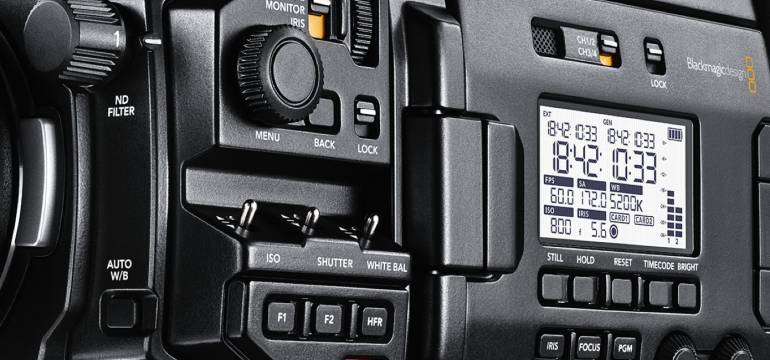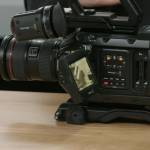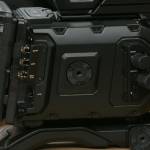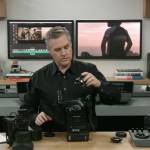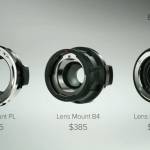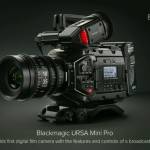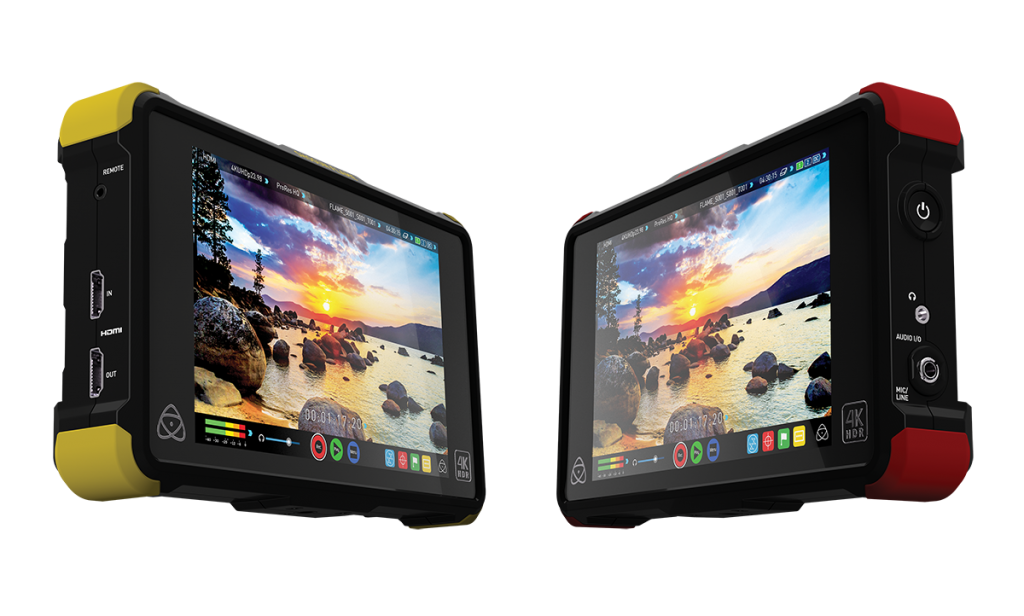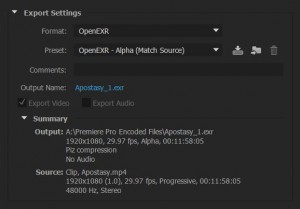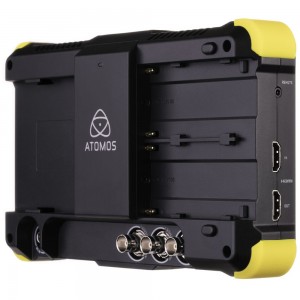Blackmagic Design just introduced their new URSA Mini Pro, expected to become available on March 9 via this link in the United States, and/or this link in Europe. It combines their prior URSA Mini 4.6k with more broadcast camera features, and more manual controls. Here’s a summary of its key additions:
 1. Three built-in ND filters
1. Three built-in ND filters
2. PL, B4, Canon EF and (coming soon) Nikon lens mounts
3. Physical on/off toggle switch
4. Auto white balance mode
5. Black-and-white LCD on side panel
6. Still frame capture and audio channels 3 and 4 functions coming after beta testing
7. Redundancy for many of the most important buttons
8. Both CFast and SD dual card slots (total of 4)
9. Costs $5,995 and is available now
10. URSA users can upgrade to this camera for $3,495
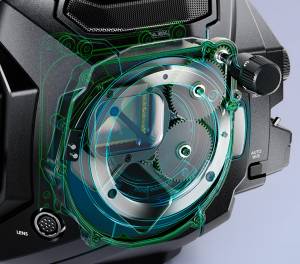 My initial thoughts: these days the trend is towards continuously adjustable electronic ND filters, but having at least three neutral density choices in this camera is a nice feature (and seems more reliable as a physical element). Apparently the Nikon mount will come mid-way into this year, but it’s an interesting new addition to the Blackmagic camera line-up to those who swear by that lens format which has direct aperture controls, and a flange distance that’s maximally compatible with other cameras.
My initial thoughts: these days the trend is towards continuously adjustable electronic ND filters, but having at least three neutral density choices in this camera is a nice feature (and seems more reliable as a physical element). Apparently the Nikon mount will come mid-way into this year, but it’s an interesting new addition to the Blackmagic camera line-up to those who swear by that lens format which has direct aperture controls, and a flange distance that’s maximally compatible with other cameras.
 I love the clever idea of adding an old-skool physical toggle switch for power! It’s true, especially as these cameras get more sophisticated, you don’t want to hold down buttons and wait to confirm that the power-up sequence is really happening: you just flip the URSA Mini Pro’s switch, go do other stuff, and rest assured it’s gonna get there!
I love the clever idea of adding an old-skool physical toggle switch for power! It’s true, especially as these cameras get more sophisticated, you don’t want to hold down buttons and wait to confirm that the power-up sequence is really happening: you just flip the URSA Mini Pro’s switch, go do other stuff, and rest assured it’s gonna get there!
That full-blown color LCD panel on the side of prior models always seemed like overkill (and sucking more battery life away, for minimal gains). A monochrome LCD panel, which also can be seen in more lighting conditions including bright sunlight, is a great design evolution. Back to the basics!
 Adding two additional audio channels (3 and 4) will be a welcomed feature; not sure why they claim it needs “more beta testers,” but when it arrives, that will keep pace with the URSA Mini Pro’s competitors, including the Sony PXW-FS7 — while there’s a strong argument to be made that Blackmagic’s color science, and actual dynamic range in practice, are the best in the industry, especially better than Sony’s. Also, a still frame grab button feature they mentioned in association with the forthcoming 3rd and 4th audio channels will be nice too, but nothing you can’t simply do in post where you’re more likely to do it with one click.
Adding two additional audio channels (3 and 4) will be a welcomed feature; not sure why they claim it needs “more beta testers,” but when it arrives, that will keep pace with the URSA Mini Pro’s competitors, including the Sony PXW-FS7 — while there’s a strong argument to be made that Blackmagic’s color science, and actual dynamic range in practice, are the best in the industry, especially better than Sony’s. Also, a still frame grab button feature they mentioned in association with the forthcoming 3rd and 4th audio channels will be nice too, but nothing you can’t simply do in post where you’re more likely to do it with one click.
Blackmagic seems to want to carve a niche for itself as making the most durable cameras, including an all-metal design, and I like the thought of making multiple buttons control a single feature, for purposes of redundancy just-in-case. This is the first time I’ve seen a manufacturer tout it as a feature, and literally deliver on it.
 Because I’m a cheapskate and stubborn about adopting new standards when they’re unnecessary, perhaps the most exciting news (in comparison to the URSA Mini and URSA) is the addition of dual SD card slots, as an alternative to the still-bloated cost of using CFast cards (though they offer dual slots for that too). Blackmagic Design warns that you’ll need UHS-II speed ratings for SD cards, and 4K RAW won’t be possible onto SD cards, but (let’s be honest) most Blackmagic users in practice actually shoot in ProRes, so the cost (and storage) savings of now being able to use SD cards for 4K-UHD is killer.
Because I’m a cheapskate and stubborn about adopting new standards when they’re unnecessary, perhaps the most exciting news (in comparison to the URSA Mini and URSA) is the addition of dual SD card slots, as an alternative to the still-bloated cost of using CFast cards (though they offer dual slots for that too). Blackmagic Design warns that you’ll need UHS-II speed ratings for SD cards, and 4K RAW won’t be possible onto SD cards, but (let’s be honest) most Blackmagic users in practice actually shoot in ProRes, so the cost (and storage) savings of now being able to use SD cards for 4K-UHD is killer.
I wasn’t an original URSA buyer, but it seems really generous to me that Blackmagic offers this new $5,995 camera to verifiable URSA owners for only $3,495. Blackmagic says that this camera is “available now” — a huge paradigm shift from prior behavior, when we waited for months! — and this B&H link says expected availability is March 9, so you can pre-order now to get it earliest; or maybe Adorama will deliver first; will see. (European customers can order from CVP.com at this link.)
Keep watching our Blackmagic Cinema Camera User Group on Facebook and on Twitter @bmccusers for more information as it arrives! Here’s the official page for the product at the manufacturer’s website. And here’s my gallery of pictures from their live presentation:
